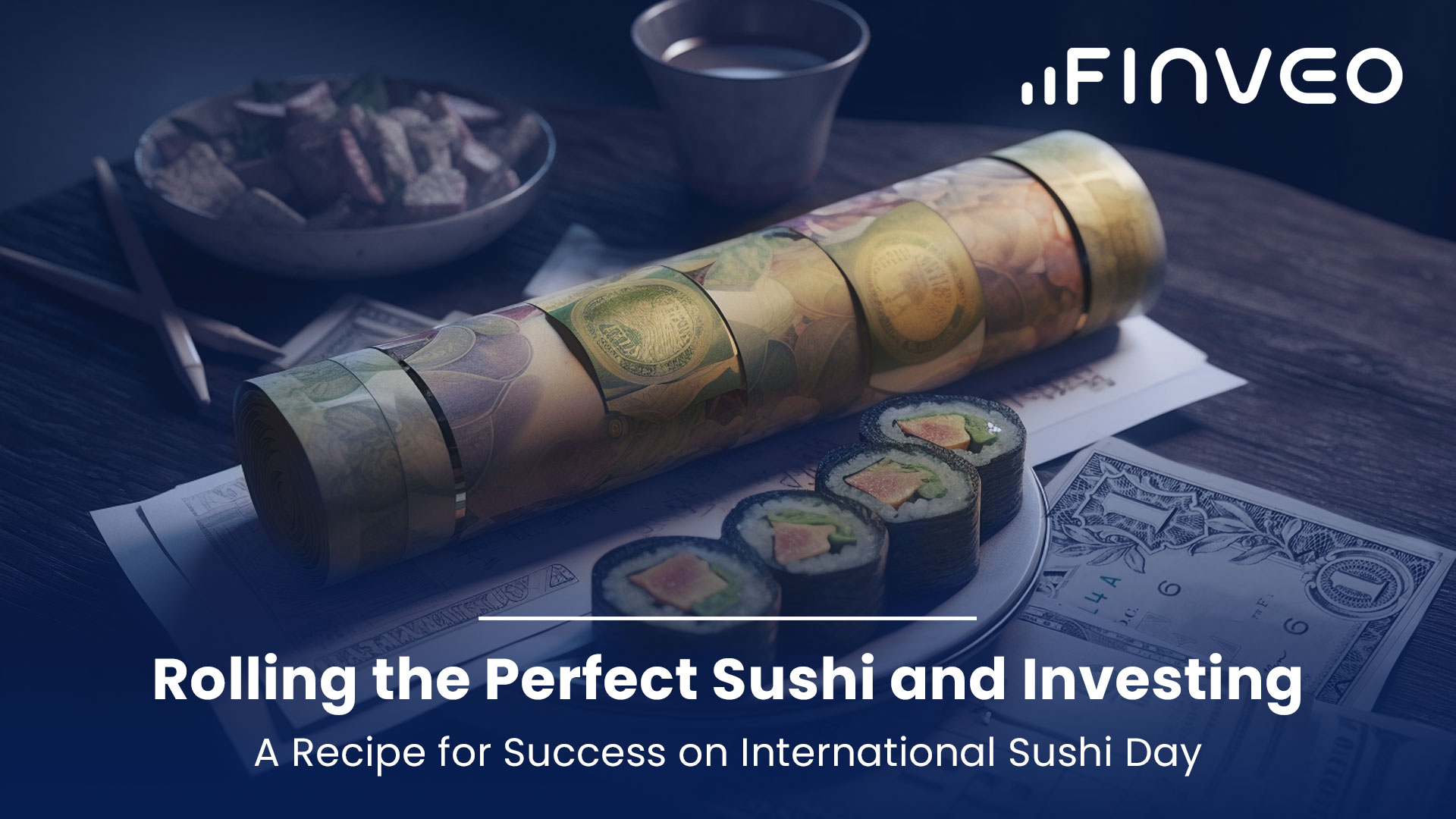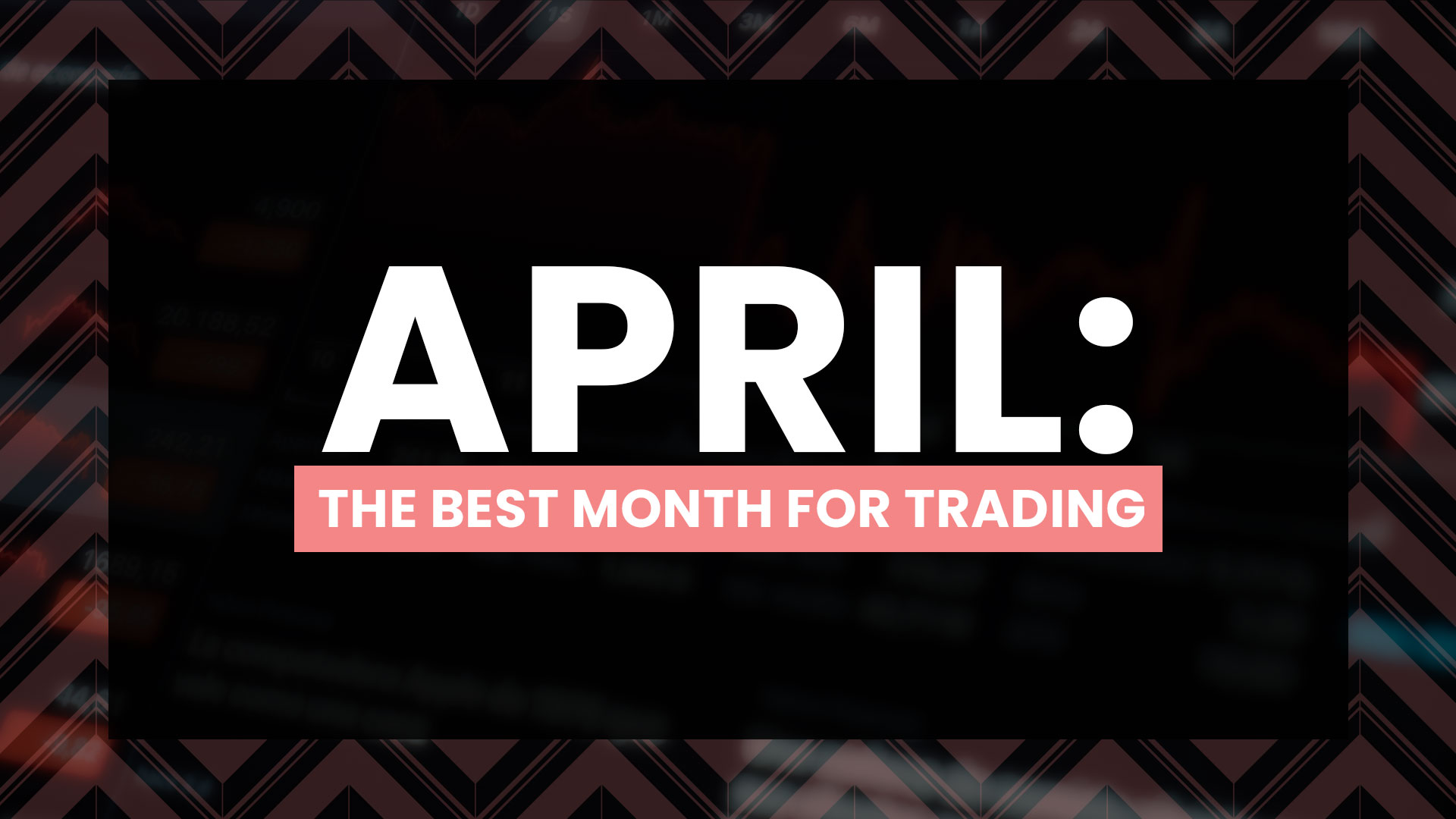In the dynamic realm of financial markets, the intersection of trading and a full-time job demands a delicate equilibrium to avoid the perils of burnout and financial strain. This comprehensive guide, backed by Finveo's global expertise, provides insightful strategies for individuals seeking to master the art of trading while concurrently managing their professional commitments, grounded in facts and data for a holistic understanding.
1. Create a Well-Defined Schedule:
Effective time management is a linchpin for successful trading, as revealed by a survey conducted by the National Endowment for Financial Education. To strike the right balance, establish a well-defined schedule that allocates specific time slots for market analysis, trade execution, and research. Consistency is paramount, ensuring organizational harmony and preventing trading activities from encroaching upon work commitments.

Additionally, consider capitalizing on time zone differentials. Align your trading activities with the most active market hours, optimizing opportunities while minimizing interference with your professional responsibilities.
2. Set Realistic Goals:
It is important to set realistic goals for achieving long-term success. Recognize your limitations and establish achievable goals, avoiding the pitfalls of unrealistic expectations. Craft profit targets and risk management strategies that align with your time constraints and risk tolerance.
Break down your objectives into short-term and long-term goals. Monthly performance targets can serve as short-term goals, while long-term goals may involve achieving a specific percentage of annual returns.
3. Focus on Longer Time Frames:
Longer-term trading strategies often outperform short-term counterparts. Given the challenges of day trading alongside a full-time job, consider adopting strategies like swing trading or position trading. These approaches offer flexibility by requiring less real-time monitoring and decision-making.
Leverage weekly and monthly charts to identify trends and make informed decisions without the need for constant market monitoring. This is particularly beneficial for professionals who cannot dedicate extensive time during regular market hours.

4. Utilize Automation:
Automation enhances efficiency and reduces emotional biases. Leverage technology by using trading platforms with automation features like stop-loss orders and take-profit levels. Automated trading systems execute trades based on predefined criteria, reducing the need for constant monitoring during work hours.
Explore algorithmic trading strategies that align with your risk profile. Automation not only saves time but also minimizes emotional decision-making, a common pitfall for part-time traders.
5. Prioritize Risk Management:
We underscore effective risk management as a key determinant of long-term trading success. Establish your risk tolerance and set stop-loss levels for each trade to limit potential losses and safeguard your capital, even when unable to actively monitor the markets.
Diversify your portfolio to spread risk and avoid overconcentration in specific assets. Regularly reassess your risk tolerance and adjust your trading strategy accordingly. Finveo offers robust risk management tools to empower you in making informed decisions, protecting your investments, so make sure to check them out and take advantage of them while trading.
6. Stay Informed During Downtime:

Being up-to-date is a must. Utilize downtime at work to stay connected with market developments. Subscribe to financial news outlets, follow reputable analysts on social media, and participate in online trading communities.
Leverage mobile apps and push notifications to receive real-time updates during breaks, ensuring you stay in the loop without compromising your job responsibilities.
7. Focus on Quality over Quantity:
A study published in the Journal of Financial Economics advocates for a selective approach to trading for better risk-adjusted returns. Prioritize quality over quantity in your trades, focusing on well-researched opportunities aligned with your trading strategy, even if it means fewer trades overall.
Conduct thorough fundamental and technical analysis before entering a trade. This approach increases the likelihood of success and minimizes the need for constant monitoring. Finveo's comprehensive research tools and market insights can aid in your decision-making process.
8. Continuous Learning:
Commit to ongoing education to stay abreast of new developments, strategies, and market trends. Dedicate time outside of work hours to learning and refining your trading skills.
Engage in webinars & online courses, and regularly read reputable financial publications. Staying informed enhances your trading knowledge and positions you for long-term success. Finveo provides a wealth of educational resources, including webinars and online courses, to support your continuous learning journey.
Dual Commitments: Facts in Trading and Jobs
- Diverse Trading Styles: According to a survey conducted by the CME Group, individuals with full-time jobs often favor swing trading and position trading due to their compatibility with a 9-to-5 schedule. This highlights the adaptability of trading strategies based on professional commitments.
- Global Market Accessibility: The rise of online trading platforms has made it easier for professionals to access global markets from anywhere. This flexibility allows them to manage trades and stay updated on market developments during lunch breaks or commutes.
- Emphasis on Risk Management: A study by the International Review of Financial Analysis indicates that traders with full-time jobs tend to prioritize risk management over high-frequency trading. This approach aligns with the need for a more controlled and systematic trading style.
- Peak Trading Hours: Data from major financial markets, such as the New York Stock Exchange, reveals that peak trading hours often coincide with the beginning and end of the standard workday. Professionals can strategically plan their trades during these periods to maximize market opportunities.

- Weekend Analysis: Many part-time traders use weekends for in-depth market analysis and strategy planning. The unique dynamics of weekend markets, such as the cryptocurrency market, provide opportunities for strategic decision-making without the time constraints of a regular workday.
- Educational Resources: The availability of online courses and webinars tailored for part-time traders has increased significantly. Professionals can access these resources to enhance their trading skills, demonstrating the industry's recognition of the unique challenges faced by individuals balancing a job and trading.
Final Thoughts
Successfully navigating the intersection of a full-time job and trading demands discipline, strategic planning, and a commitment to continuous improvement. By incorporating well-researched strategies grounded in facts and leveraging Finveo's global expertise, you can establish a harmonious balance between your professional life and trading pursuits. With patience and dedication, the exciting world of trading, supported by Finveo's risk management tools and educational resources, can complement your career goals, leading to sustained financial success. Stay informed, stay disciplined, and let your passion for trading become a catalyst for achieving both professional and financial milestones.



















